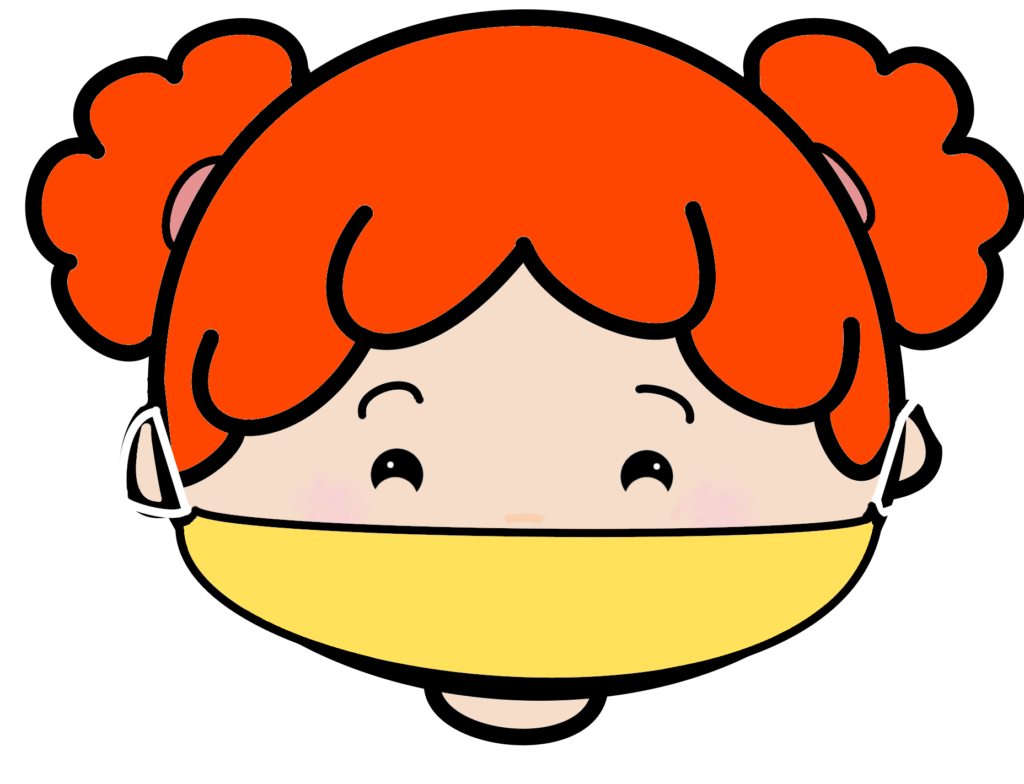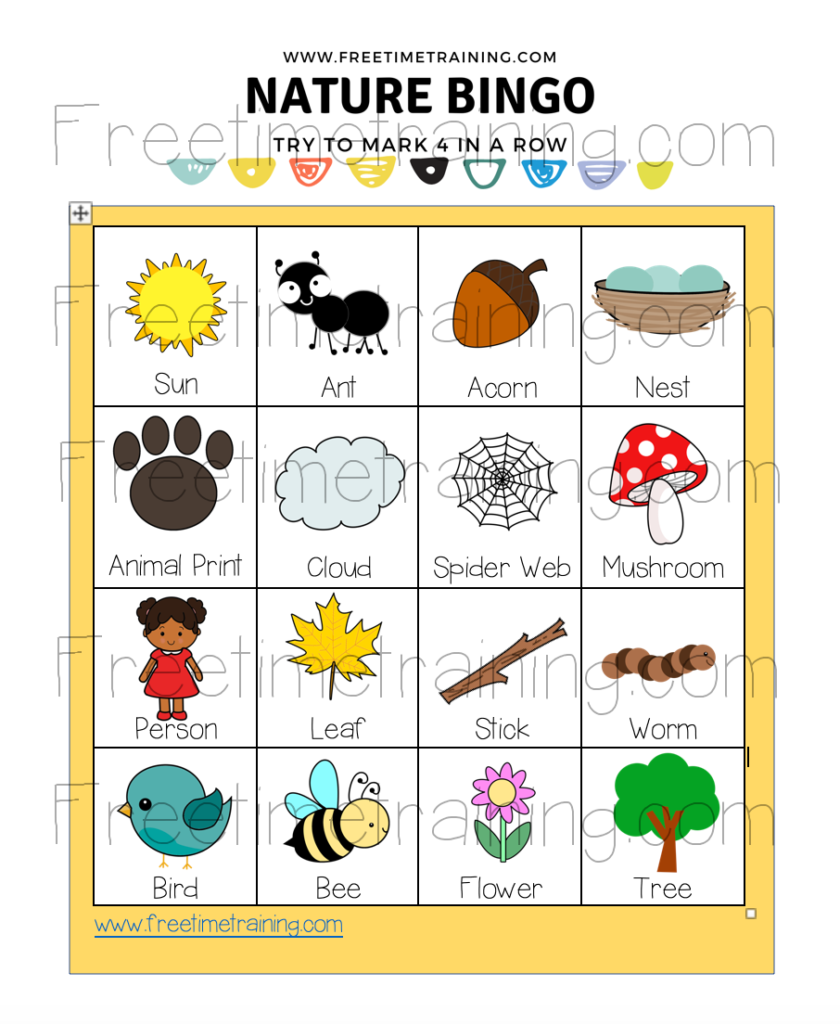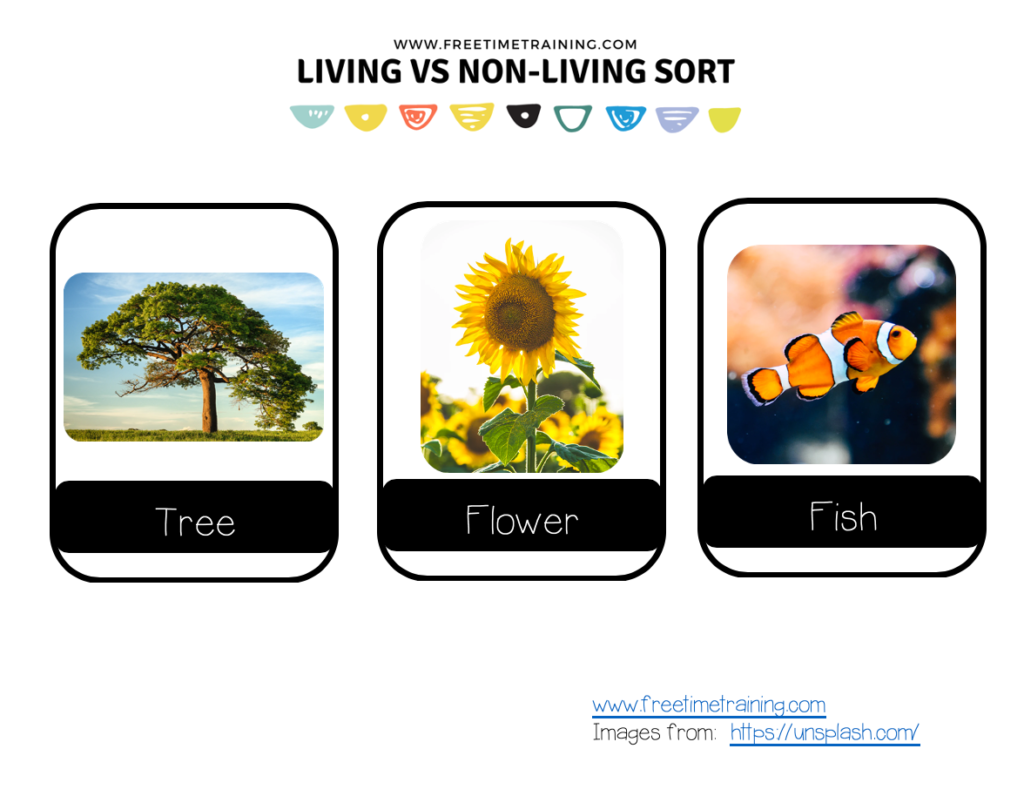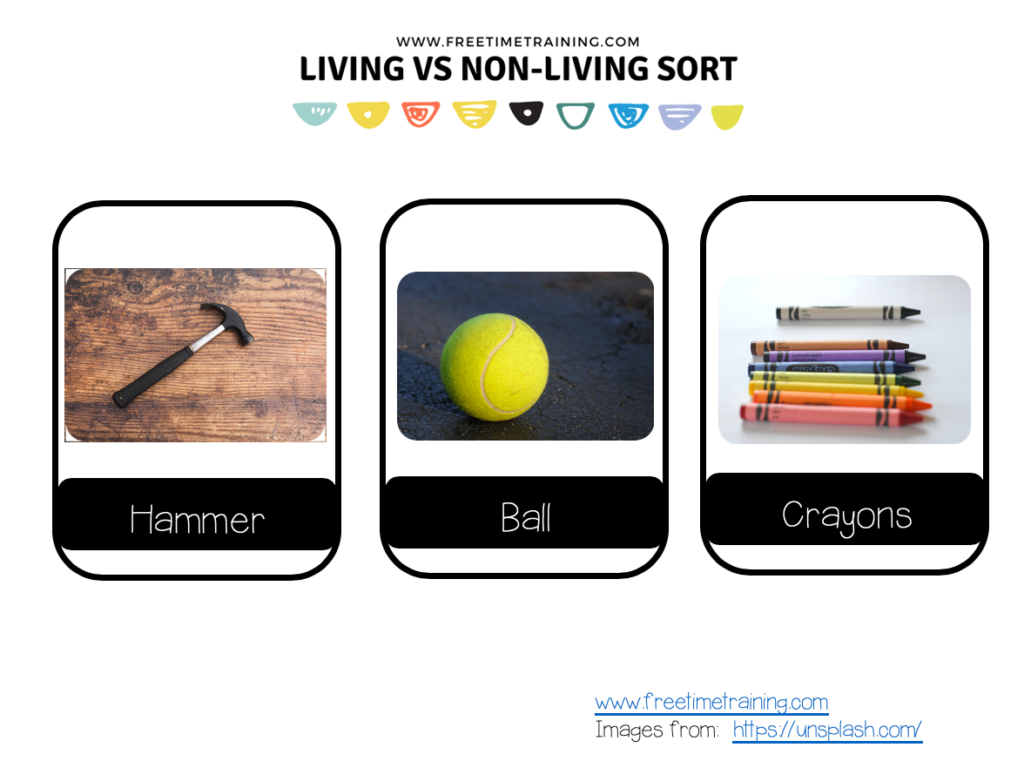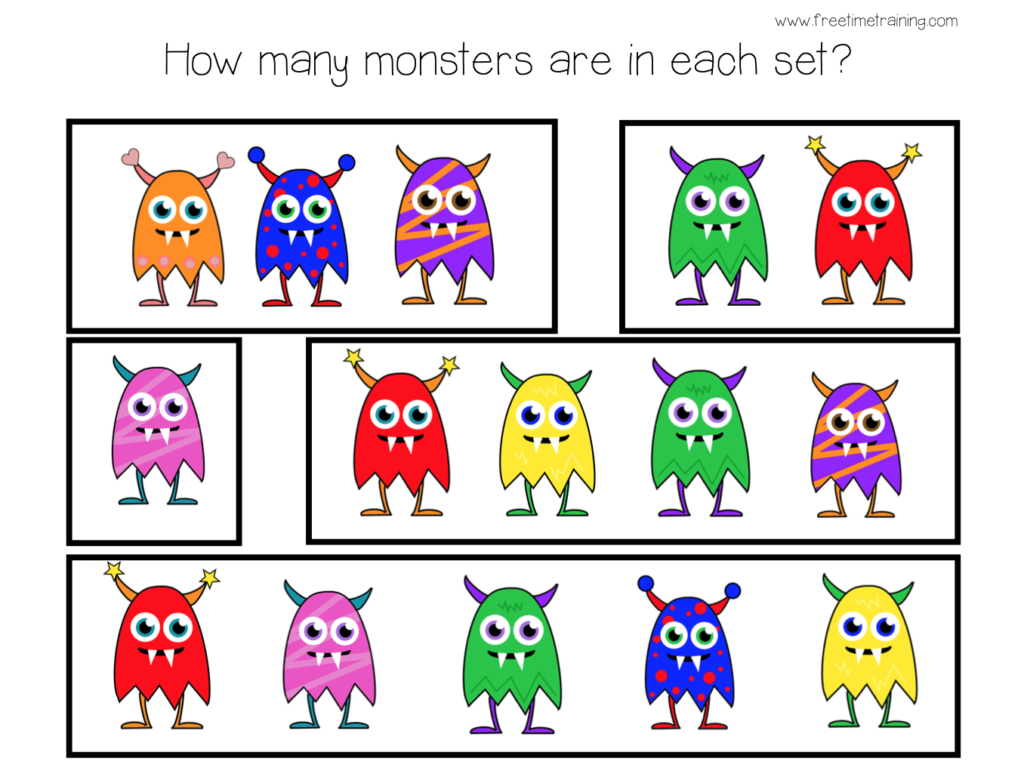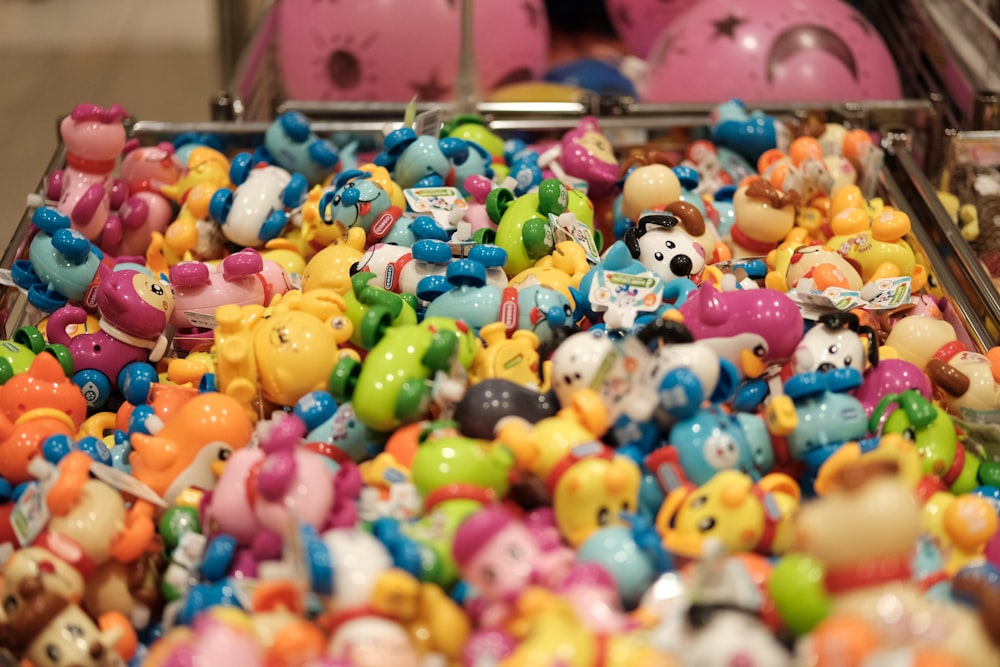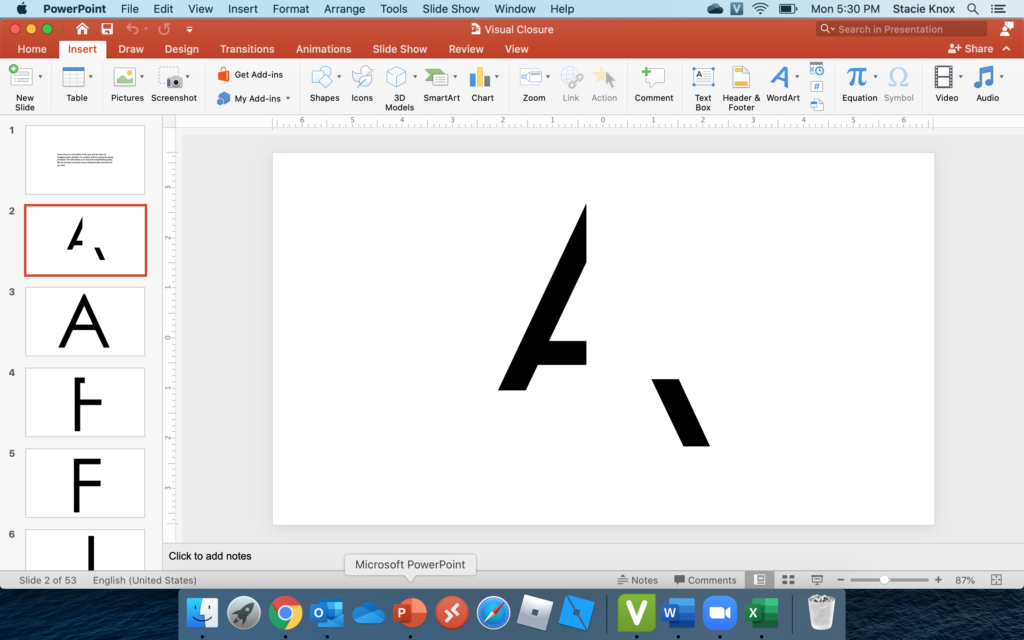As schools start back, there are two activities children are being asked to do. First, wear a mask. And second, wash your hands to keep everyone healthy. The more children use skills, the stronger the connections become in the brain. Muscle memory kicks in and these skills become second nature. Healthy habits are something a child will use for the rest of their lives. It is important to introduce these habits at a young age. Michigan’s Early. Childhood Standards of Quality Care found here https://www.michigan.gov/documents/mde/ECSQ_OK_Approved_422339_7.pdf outlines social, emotional, and physical health standards. A unit on hand washing and germs helps a child to “begin to have knowledge about and make age-appropriate healthy choices in daily life.” Children demonstrate they are mastering this goal by showing independence in keeping themselves clean, talking about ways germs spread, and beginning to recognize activities that lead to the spread of germs.
There are a number of ways to introduce these concepts to children. The first is through literature. A number of books have been written about germs and hand washing. There are many regarding Covid-19 specifically being published also. A few suggestions include (affiliate links):
- Germs Are Not for Sharing (Board Book) (Best Behavior Series)
- What are Germs? (Very First Lift-the-Flap Questions & Answers)
- Teacher Created Materials 27336 YOUR World: GERMS: Addition and Subtraction (Mathematics in the Real World)
- Germs: Fact and Fiction, Friends and Foes
- Germs, YUK!: Interactive Germ Book for Preschool & Toddler Children Ages 2-5 | Hand Washing Book for Kids
- Perry and Steve’s New Normal: Life During COVID-19: (Kids ages 3-5, Kids ages 4-6, COVID-19, Coronavirus, Quarantine) (Penguin Adventure Series Book 3)
- Germs! Germs! Germs! (Hello Reader! Level 3 Science)
If you are interacting with children virtually, there are many books available electronically.
I have created a number of activities that are available to download for FREE. Each of these activities correspond with a Michigan Early Childhood Standards of Quality while helping children see the value of hand washing and self-care.
The first activity is a hand writing printable. The child will use a writing utensil or finger to trace the dotted line from the hands to the germs. In order for children to become proficient in the standard relating writing skills, they need many experiences to write. Children show they are mastering “beginning to develop writing skills to communicate and express themselves effectively for a variety of purposes” when they use a variety of forms of writing, begin to understand their ideas can be written, and begin to write familiar words. Tracing allows children to practice forming the basic shapes of letters.
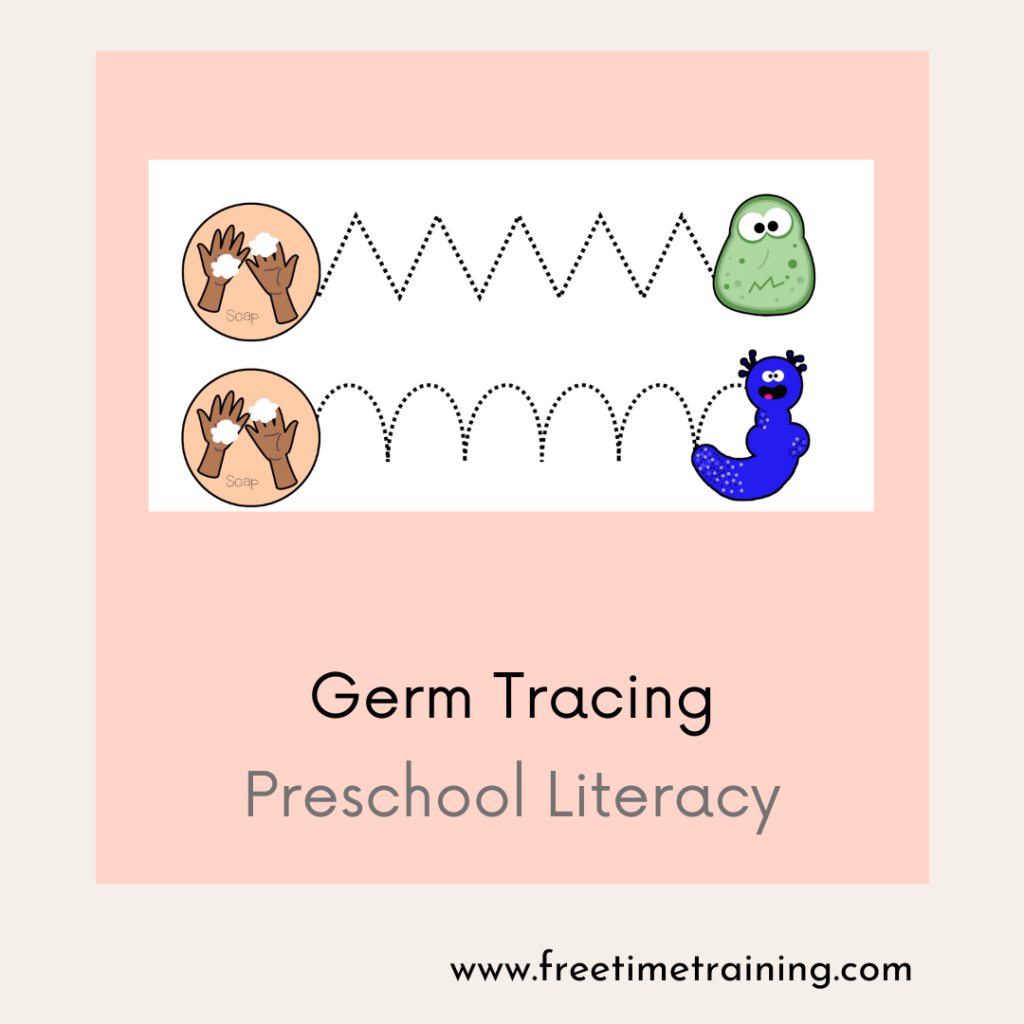
Free downloads: https://www.teacherspayteachers.com/Product/Germ-Trace-5959369 https://www.teacherspayteachers.com/Product/Germ-Trace-5959353
The next activity focuses on patterning. Patterning is a math skill. Children will use classification, comparison of objects, and classify objects when patterning. This FREE printable activity provides 6 unique patterns for children to extend. As children develop the skill of patterning they can recognize, extend, and create patterns.
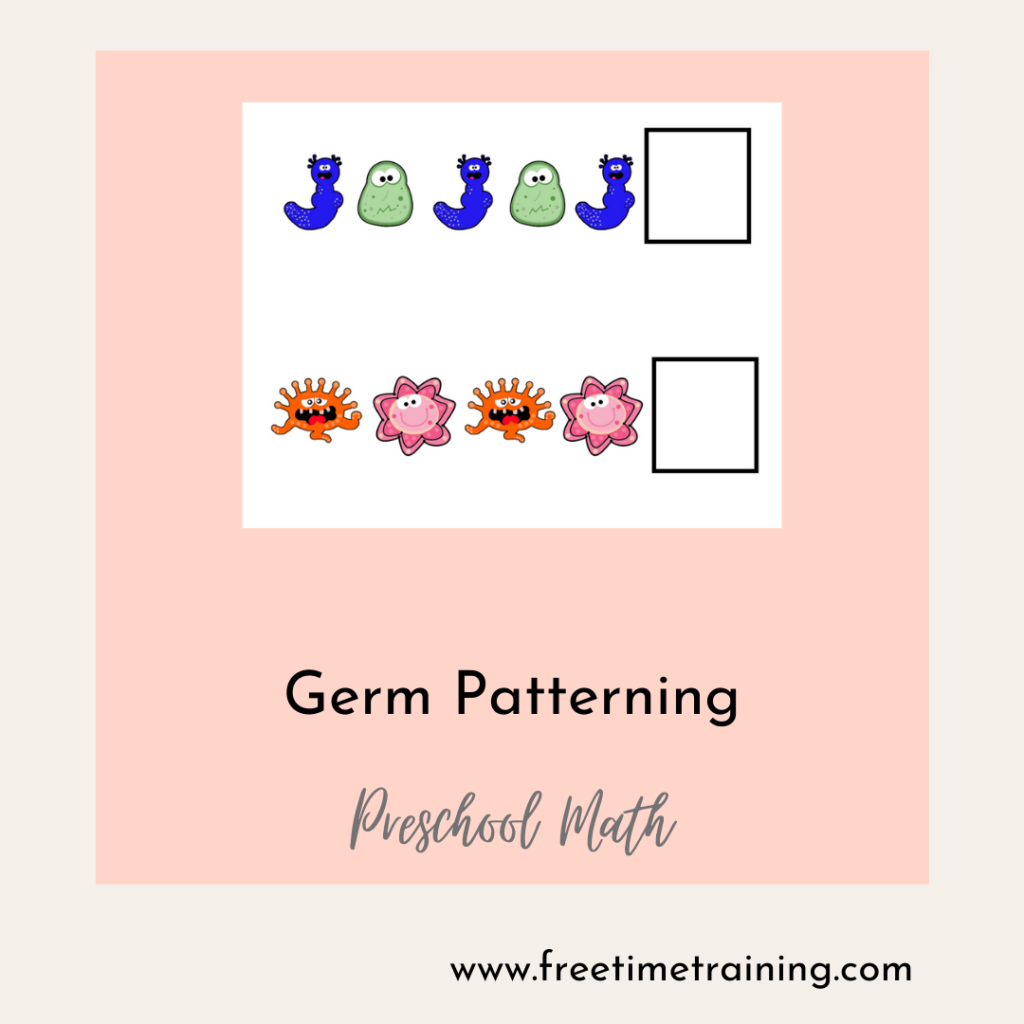
FREE Download: https://www.teacherspayteachers.com/Product/Germ-Patterning-5959428
Seriation is putting things in order. Size, location, and position are examples of ways children can use seriation with items. The FREE printable cards below provide children an opportunity to put the steps of washing hands in order. Children will start with the first step and end with the fifth. The more a child practices and has experiences with a skill, the stronger the brain connections will become. These seriation cards offer children a different kind of experience with hand washing.
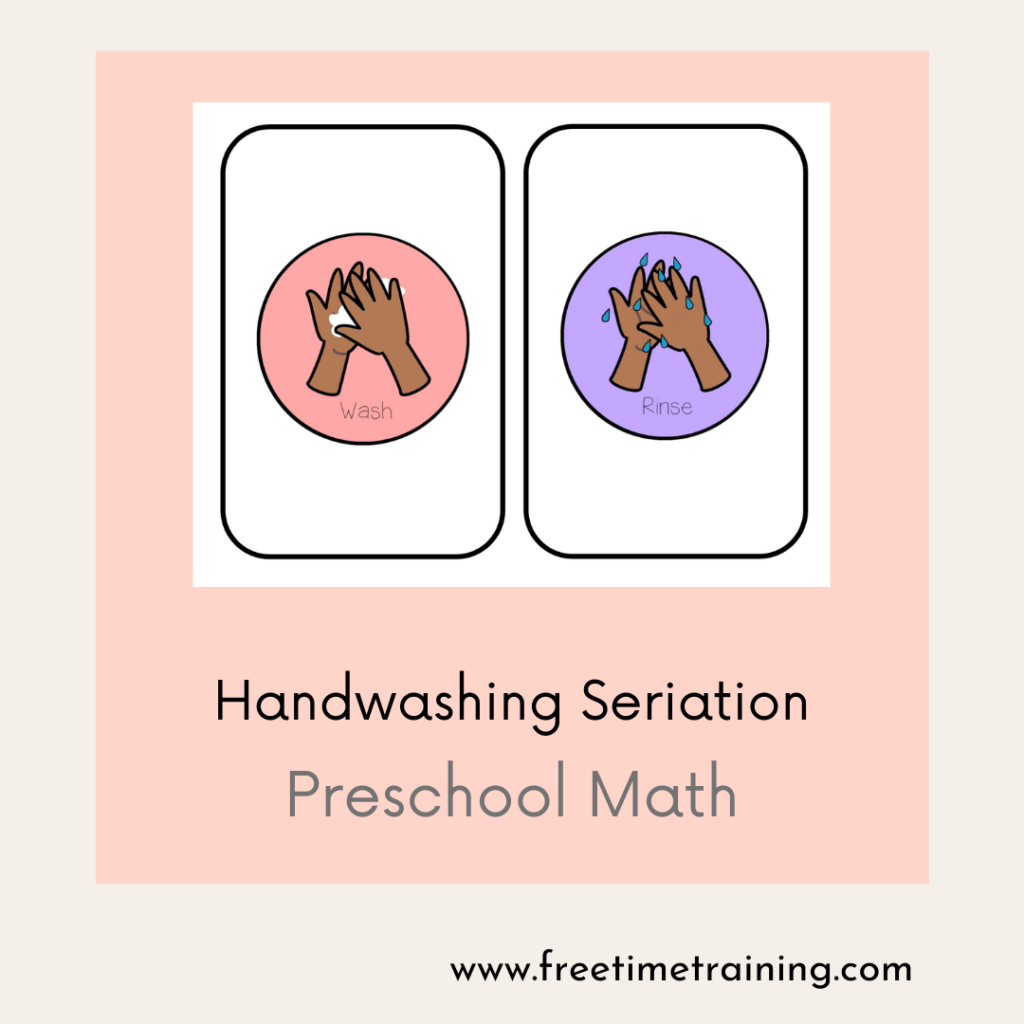
FREE Download: https://www.teacherspayteachers.com/Product/Handwashing-Seriation-Cards-5959412
An easy science activity can be done with the FREE printable. Print the .pdf and place it in a ziplock bag. Trace the child’s hands on the outside of the bag. Place the bag, while held upright, into a bowl of water. The germs will magically disappear, but the hands will remain. This happens because of light refraction, but also demonstrates how washing hands will make germs disappear. The following link demonstrates this activity: https://www.ronyestech.com/2020/05/zip-lock-bag-water-refraction-halloween.html
FREE download: https://www.teacherspayteachers.com/Product/Disappearing-Germ-5959382
I have also created a poster with the steps to hand washing. Place this by the sink for children to have a simple to read reminder!
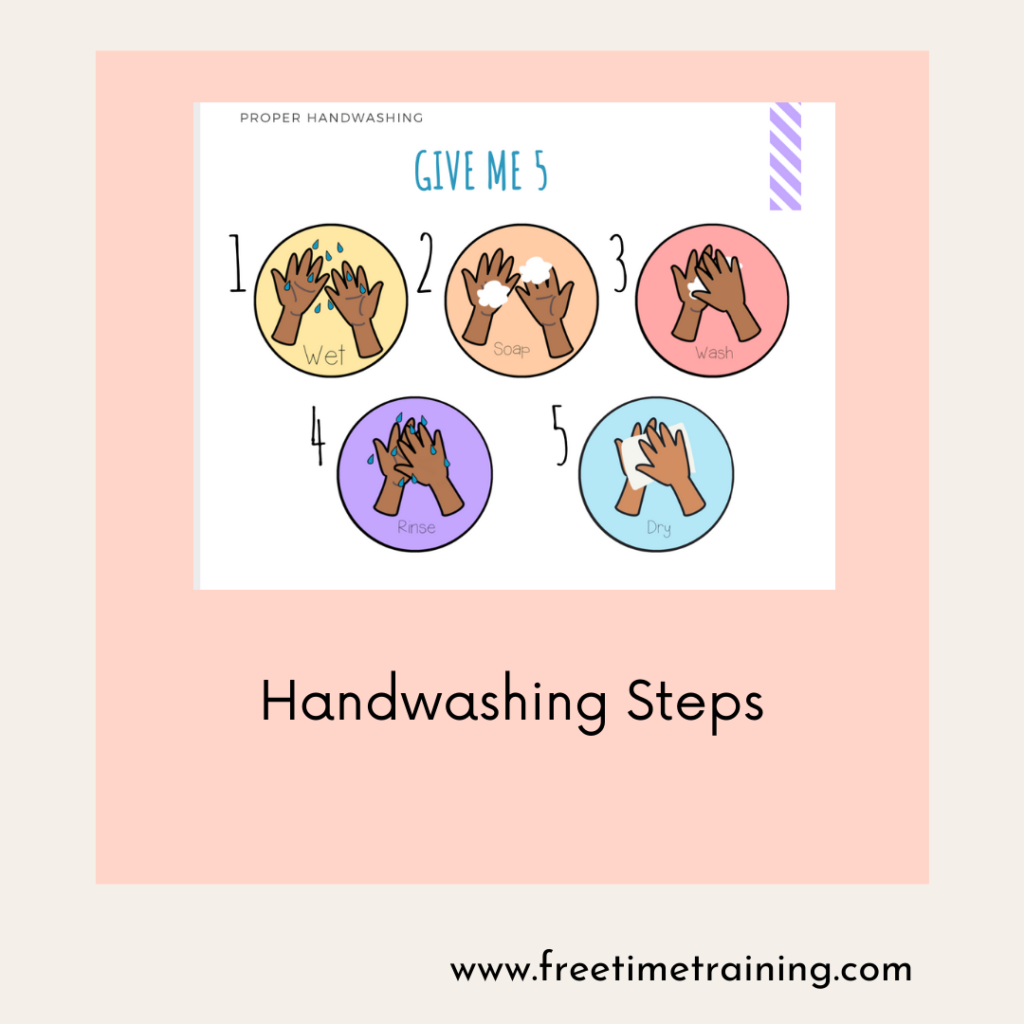
FREE download: https://www.teacherspayteachers.com/Product/Handwashing-Steps-Poster-5959399
The final activity I have created is available for a very low cost. This activity is a PowerPoint slide show that works great during a virtual class. Children will count the germs on various objects as you click your mouse. Children may count together, guess on their own, or print the activity to be used independently. This activity focuses on the numbers 1 to 5. Children will work on counting and cardinality as they work through these germy objects!
Download: https://www.teacherspayteachers.com/Product/Germ-Count-5959445
All the activities are available to download for a minimal price at the following link: https://www.teacherspayteachers.com/Product/Hand-Washing-and-Germs-5959482
Hand washing and germ awareness has always been important in Early Childhood Classrooms. Society is catching up and focusing the the importance of these topics. Practice helps children become more proficient in these necessary skills.

